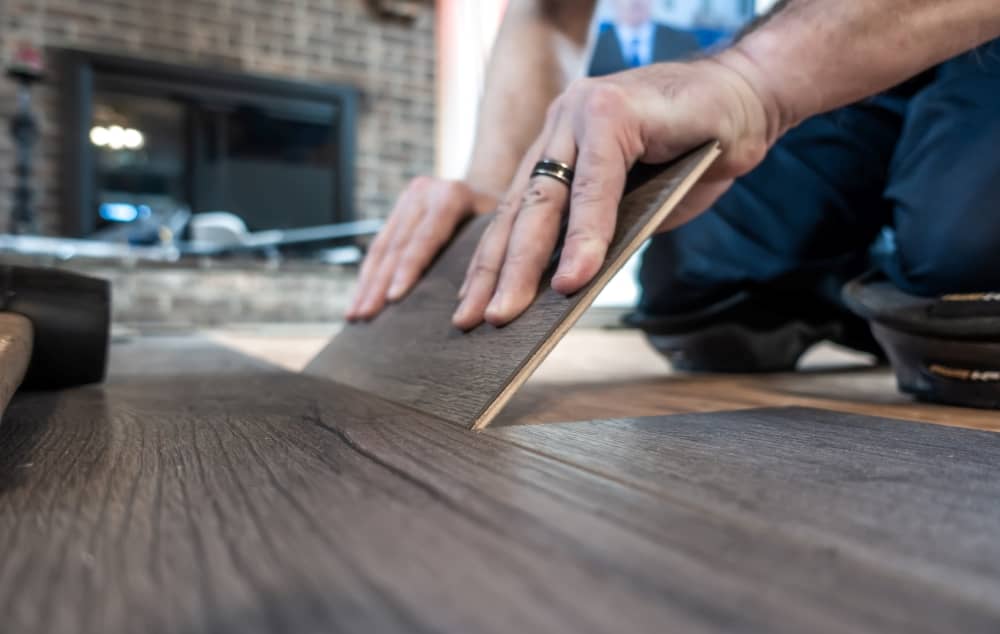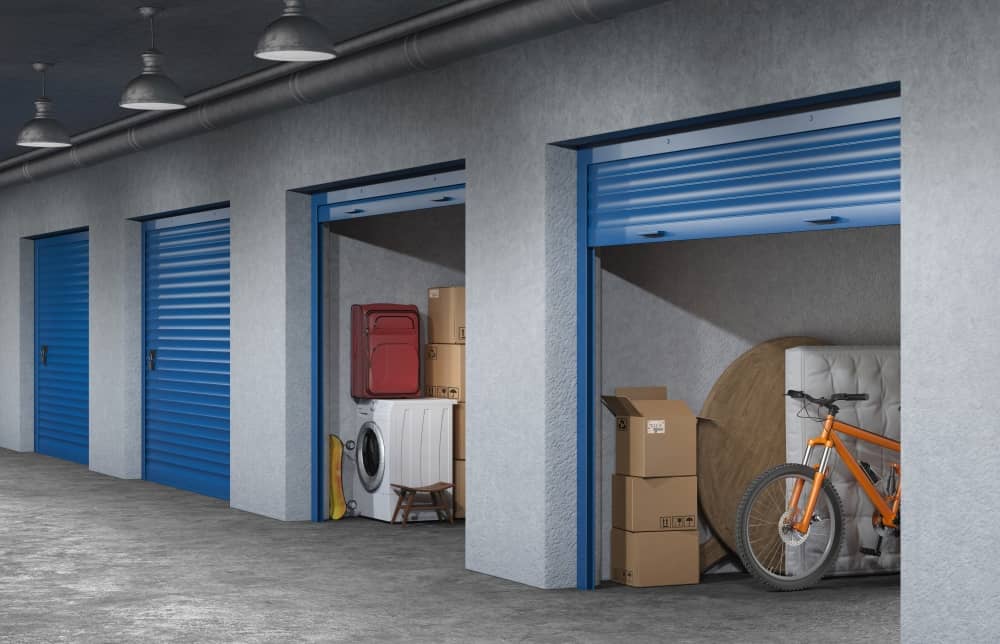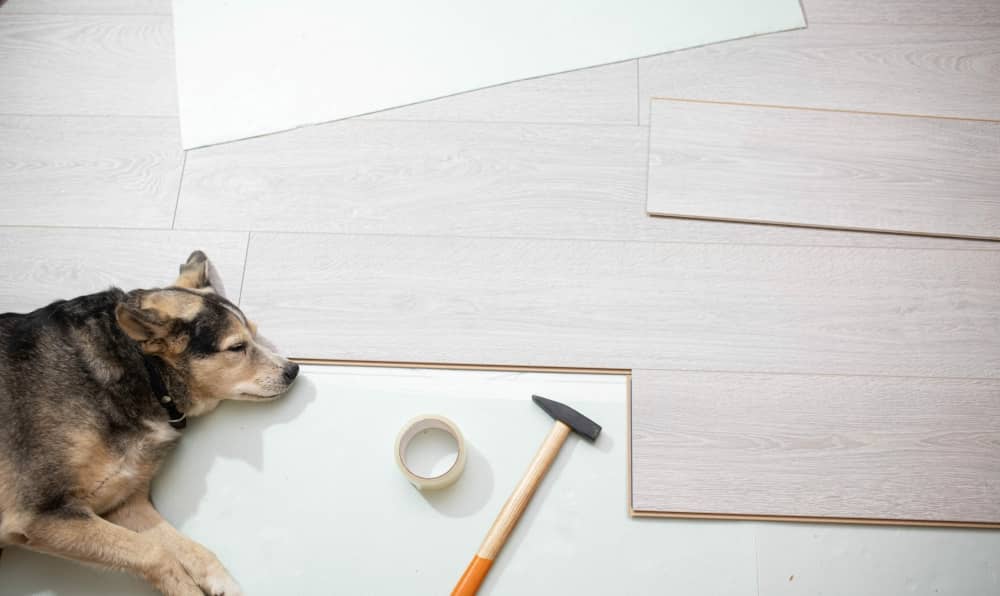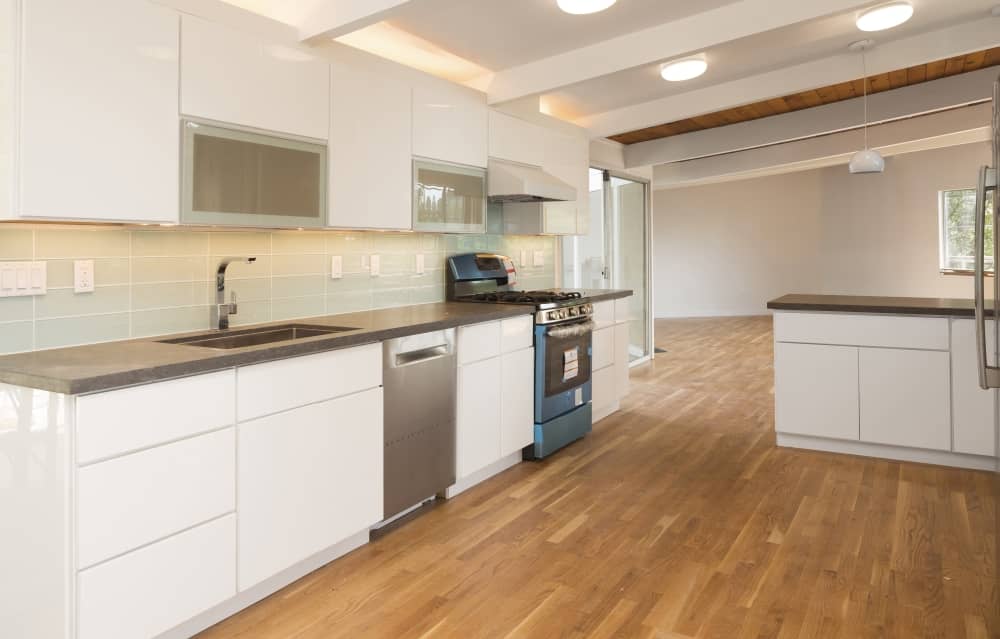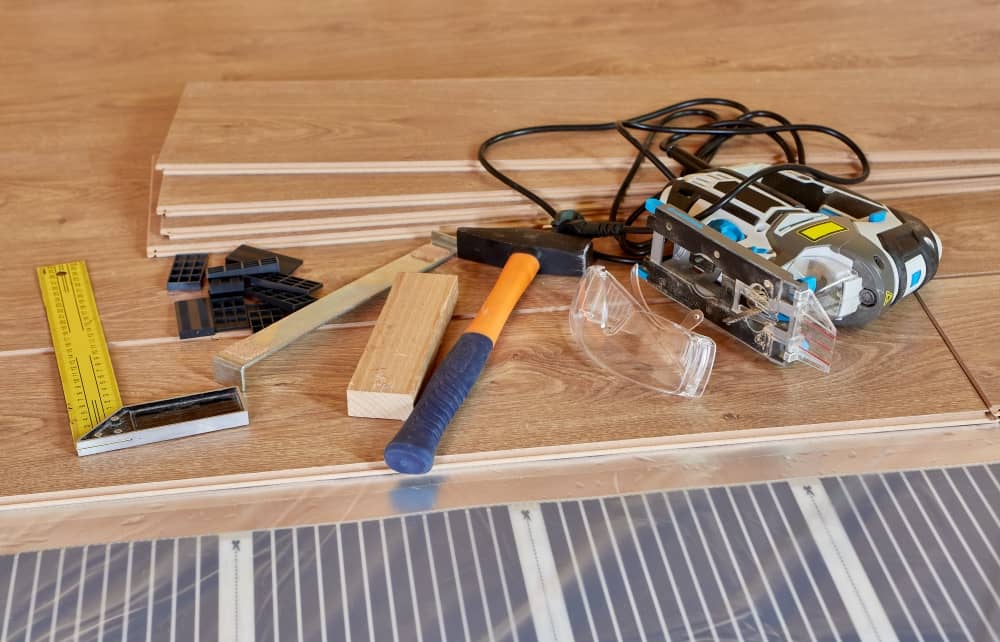So, you have selected the flooring that you love, and you have an installation date marked on your calendar. The biggest question you have is likely, “What should I do next?”
Even though there is plenty to do, avoid panicking, organise yourself, and follow this helpful advice from experienced professionals.
1. Clear Out the Space Where the Flooring Will Go
If you are presently living in a home that will get new flooring, you must empty the rooms where you will have new flooring installed.
It is an obvious thing to do but is sometimes, this is easier said than done; especially with items such as pianos. Many people do not realise how much they have sitting in their homes. While this is a great time to declutter, you probably want to keep mum’s favourite chair along with other pieces.
Make sure you clear out any closets, pantries, or other storage areas that will get new flooring. Frequently, homeowners are concerned with the large or delicate pieces that they forget to move the belongings they store.
There are several ways to deal with your furnishings during your flooring installation.
Here are a few ideas for safe places to store your belongings:
Rent a Mobile Storage Unit
Having mobile storage containers (sometimes called pods) delivered to your door is highly convenient, and there are many good points about using mobile units to store your furnishings.
- Works with your time frame – If you have little spare time to move things, have the unit delivered in advance and load it a bit at a time.
- Secure – You will not need to worry about break-ins. You can leave it in your driveway or get the mobile storage company to store it with them until you need it delivered back.
- Weatherproof – No matter what the elements are doing, your belongings are safe and dry.
- Convenient– Your storage can be a few steps away from your door. And if you pack something that you still need, you can get it quickly, no need to drive to a storage facility.
Move Furniture as You Go
Moving furniture to one room as flooring goes into another room is another way to clear the way for your flooring. This is an ideal strategy if you are only replacing part of the flooring in your homes, such as carpeting the living room or new tile in the dining room.
- Free – There are not out of pocket expenses with this method.
- Safe – You know exactly where your belongings are during the flooring process.
- Fast – If you plan and have a few helpers, this option will take little time.
Use Storage on Your Property
If you have a garage, shed, or another space with room to store furniture, you can take advantage of the space and keep your belongings there while installing the flooring. One crucial factor is weatherproofing. A leaky garage or other structure will not protect your belongings and could lead to precious things becoming ruined.
- Safe – Presuming that you secure buildings on your property, your furnishings are safe on your premises.
- Convenient – You have easy access to your things when you need them
- Free – You will not need to pay movers to relocate your furnishings. However, if a few mates help, you probably owe them dinner.
Rent an Off-Site Self Storage Unit
A storage unit can be helpful, especially if you are flooring a whole house. You can find self-storing facilities nearly everywhere there are people with many belongings. The largest obstacle to storage facilities is that you will need to haul your belongings to the site.
- Weatherproof – Reputable storage facilities are safe places where your belongings will not face ruin because of leaks or poorly maintained storage units.
- Secure – Making sure your unit is appropriately secure is both your job and the job of the facility. You must be responsible for locking your storage unit, and the facility must maintain appropriate security for all who rent units.
How Do I Decide Which Method is Right for My Furniture?
You can decide on the best way to deal with your furnishings by asking yourself a few questions:
- How Large is My Flooring Project? A mobile storage pod or an off-site rental unit may be advisable if you are doing an entire house. If you are replacing a small area, you may be fine using one of the other methods.
- Do I Have Empty Areas I Can Use for Furnishings? Some people find that a spare bedroom will have enough space to get the job done.
- What is My Budget? For some, there is plenty of room in the budget for storage or movers. In other cases, paying for these along with the new flooring is out of the question.
- Can I Safely Move Heavy Objects? If you are not able to lift heavy objects, do not risk injury by insisting that you move furnishings yourself. Enlist the aid of professionals for the safest move. Often, the professionals who will install your flooring will move your belongings. Usually, this is on the condition that the customer moves valuables and breakables. Also, there may or may not be a fee associated with the convenience of moving the furniture.
- What is My Timeline for the Project? Some schedules are tighter than others, and it is wise to plan on moving your belongings out of the way well ahead of the flooring installers.
2. Plan for Your Pets
Often, there is so much happening as you prepare for your flooring that pets are not part of your planning. It is in your pet’s best interest to be away from home for flooring projects.
There are a few reasons for this:
- The strange smells, noises, and people can cause the calmest animal to experience a great deal of stress. They will likely be happier away from all of the activities.
- When workers are going in and out of a home, the potential for a door accidentally left open increases. It is easy for a pet to slip out unnoticed during big home projects. Finding some safe alternative housing for your furry family members is very useful.
- Some pets, especially birds and reptiles, are very sensitive to fumes and increased dust. If you are in doubt, check with your vet to be safe.
3. Complete Other Projects
If your flooring is part of a more extensive renovation in your home, make sure you complete the other parts of your remodelling project before the floor arrives.
The reasoning is simple. You are saving your floor from the paint splatters, drywall dust, and scratches made by the equipment.
4. Address Appliance Concerns
If there are large appliances in the parts of your home where the flooring will go, make sure they are correctly disconnected. You may need to shut off the gas or turn off the water to prevent any accidents. If you have questions regarding this, ask your installation experts for advice.
5. Clarify the Details
Installation day is NOT when you want to learn that removing the old flooring, baseboards, and door frames is your job. Go over all of the details regarding who takes care of which aspects of the project. Sometimes this is included in your price quote. Other companies will charge extra, and you need to request the service ahead of time.
6. Final Steps to Prepping Your Home
After you have everything moved or stored safely out of harm’s way, you still have a few more details that need your attention.
- Check the temperature of the area where the new flooring will go. Not everyone is aware that all new types of flooring have a specific temperature range to give the product the best chance to adhere to the flooring. Once you know the target temperature, plan on getting you home to that range at least 24 hours before. If you are not sure, check with the company that is installing your flooring.
- Clean the area to prep for the new flooring. You will want to vacuum to control dust and allergens and ensure your subfloor is in good shape.
- Consider stocking up on some supplies such as tape and tarps. Even the best flooring installers make messes. This simple tip will come in handy if your installation team need to work on your subfloor. Levelling the subfloor often means a great deal of sanding and grinding before installing the new floor. Having what you need to minimise mess is always smart.
Preparing for your new flooring is a big job. However, resist any urges to cut corners when taking care of what needs to be done. Your effort (or lack thereof) will show in the finished project.
Should you have questions or are looking for suggestions for ways to get ready for flooring, feel free to contact The Online Flooring Store. Our team of experts explain what you need to do and how to do it.


